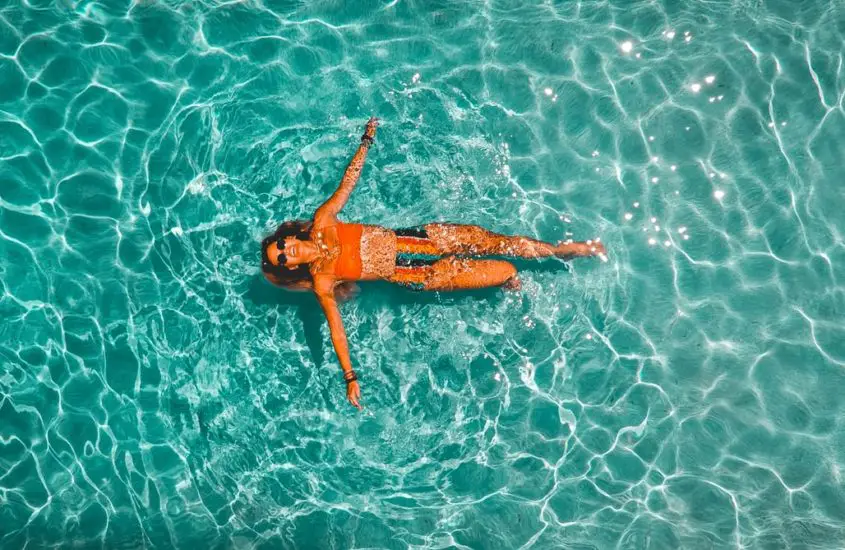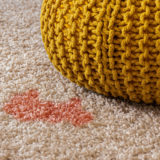How To Clean a Green Pool With Bleach

The most common cause of a green pool is algae. Algae is a microscopic plant life that can contaminate the pool by its spores or swimwear and can bloom if not treated properly and immediately. Eliminating Algae from a green pool is possible using liquid bleach (sodium hypochlorite). Bleach is one of the simplest disinfectants and can be added straight to your pool water.
Regardless of which type of chlorine you choose to use, all chlorinated products have the same sanitization effect when added to water. As you master your way around the pool room, you’ll begin to understand the importance of chlorine and its treatment to safer, cleaner pool water.
Why Use Bleach for Green Pools?
A good reason to incorporate a bleach into your pool equipment is that it kills bacteria that can carry infectious diseases and acts as a selected disinfectant for drinking water, wastewater and swimming pools.
Bleach has the upper hand than that of chlorine gas. It is simpler to use and safer to handle. It is important to take caution when using such chemicals.
Liquid Bleach contains an estimated 12‐16% available chlorine. In comparison to household bleach, it generally contains about 5% of chlorine.
How to use Bleach for Green Pools?
If you find that your pool is turning green, it is due to the lack of chlorine or copper corrosion (pH too low). Simply adjust the pH and shock chlorinate the pool with sodium or calcium hypochlorite.
Dosing instructions
- Add adequate chlorine to the green pool to remove contamination. E.g, add 200mL of sodium hypochlorite liquid bleach (12.5% available chlorine) per 1000 ltr of water.
- Run the pump and filter persistently during shock dosing.
- It is recommended that you do not use the pool until the free chlorine falls to or below 4 mg/L. Try leaving the pool overnight.
Safety Tip!
When cleaning a green pool with bleach, it is important to remove contact lenses and recommended to wear a face mask and goggles.

About The Author: Hi, I’m Jessica. I’m a Mom of 2 and I love DIY hacks, home decor ideas and non-toxic cleaning tips. I created this website to share my knowledge with a community of like-minded people who love simple, easy and safe ways to keep their home clean and inspiring. I hope you enjoy!








